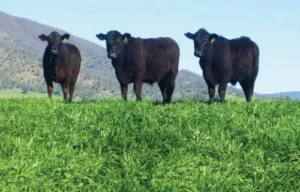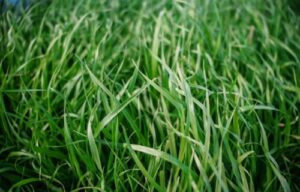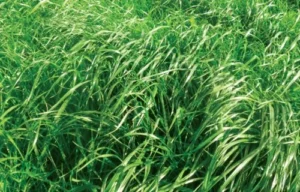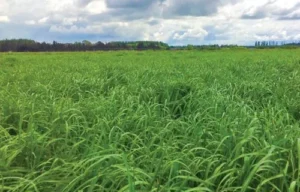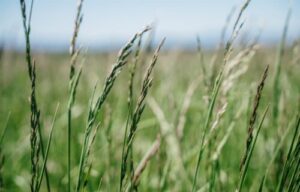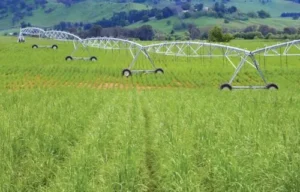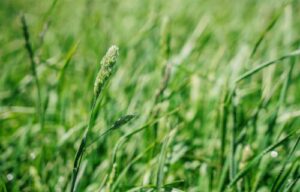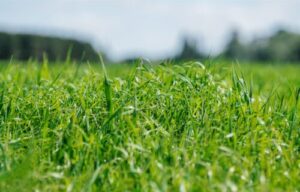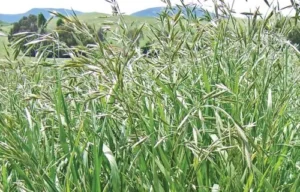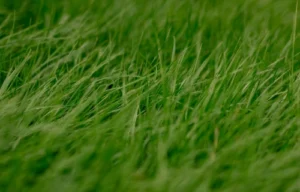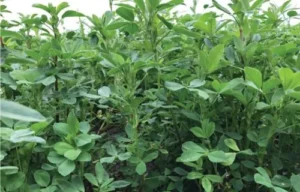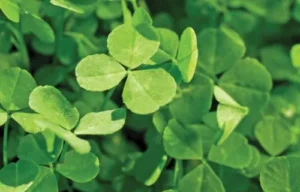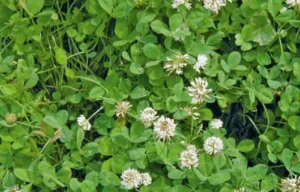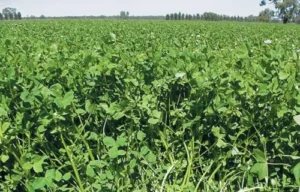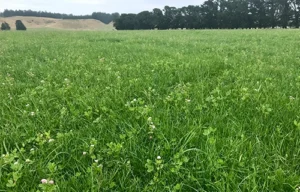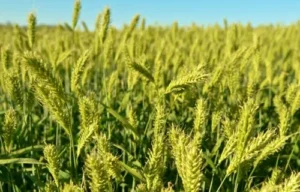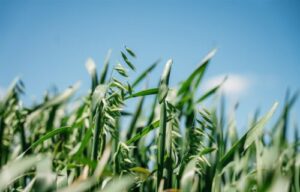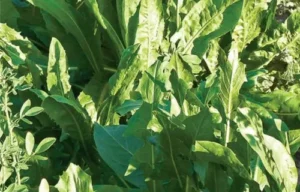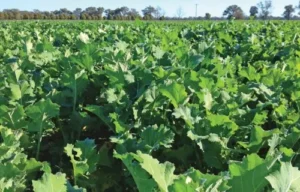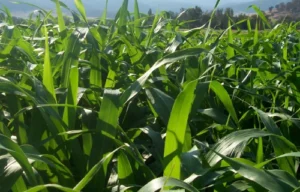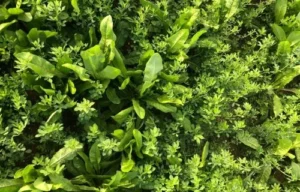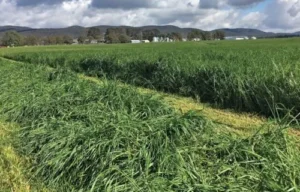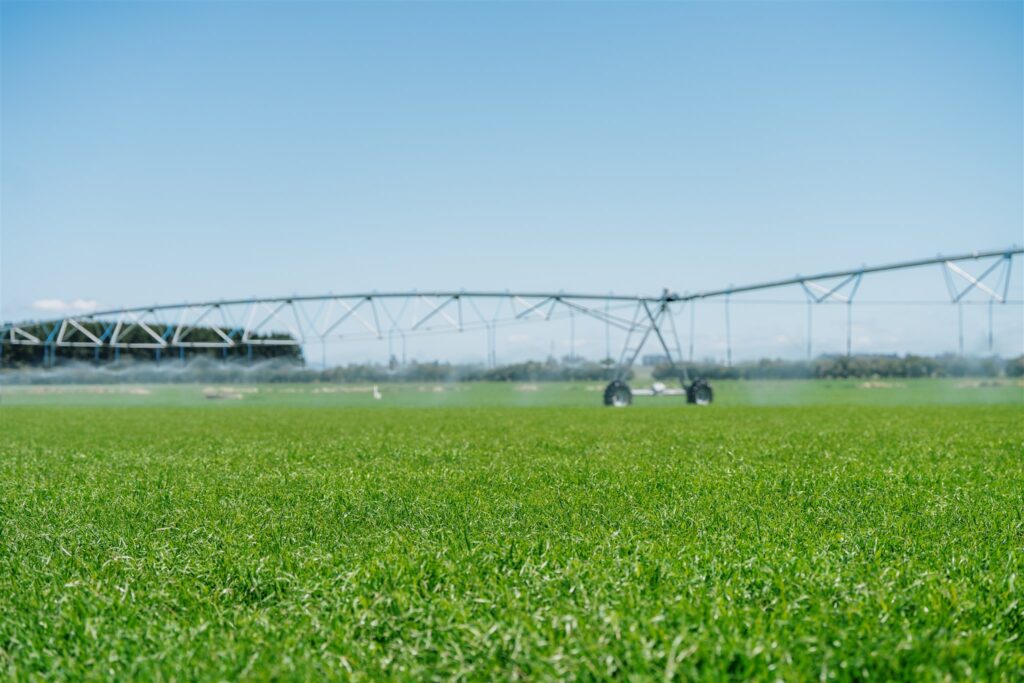Unlocking Productivity with Water
Irrigation transforms pasture production, allowing year-round feed availability and improved livestock performance. Yet water is a precious resource, and inefficient irrigation can be costly both economically and environmentally. At UMS, we combine knowledge of pasture species with irrigation strategies to help growers maximise both growth and resource efficiency.
Matching Species to Irrigation Systems
Not all pastures respond equally to irrigation. Perennial ryegrasses, lucerne, tall fescue, and chicory perform well under irrigated conditions, while some species are prone to waterlogging or disease under constant moisture. UMS trial data guides growers and agronomists in choosing cultivars that thrive under specific irrigation regimes, ensuring high-quality feed without wastage.
Water Efficiency and Scheduling
Efficient water use requires more than simply turning on the irrigator. Soil moisture monitoring and scheduling based on evapotranspiration rates ensures that water is applied only when the pasture requires it. Overwatering can reduce root growth, increase disease pressure, and cause nutrient leaching, particularly in sandy soils common in southern and western Australia.
Infrastructure Considerations
The type and layout of irrigation infrastructure has a direct impact on pasture outcomes. Sprinklers, pivots, or drip systems must deliver uniform coverage while minimising losses from evaporation and runoff. UMS offers a range of pasture seed products that allow growers to align pasture with water availability and irrigation capacity.
Integrating Irrigation with Pasture Management Effective irrigation is not just about water; it’s about the whole system. Fertility, soil health, grazing pressure, and species selection all interact to influence performance. UMS supports growers in designing integrated pasture systems where irrigation enhances productivity sustainably, rather than simply increasing costs.

